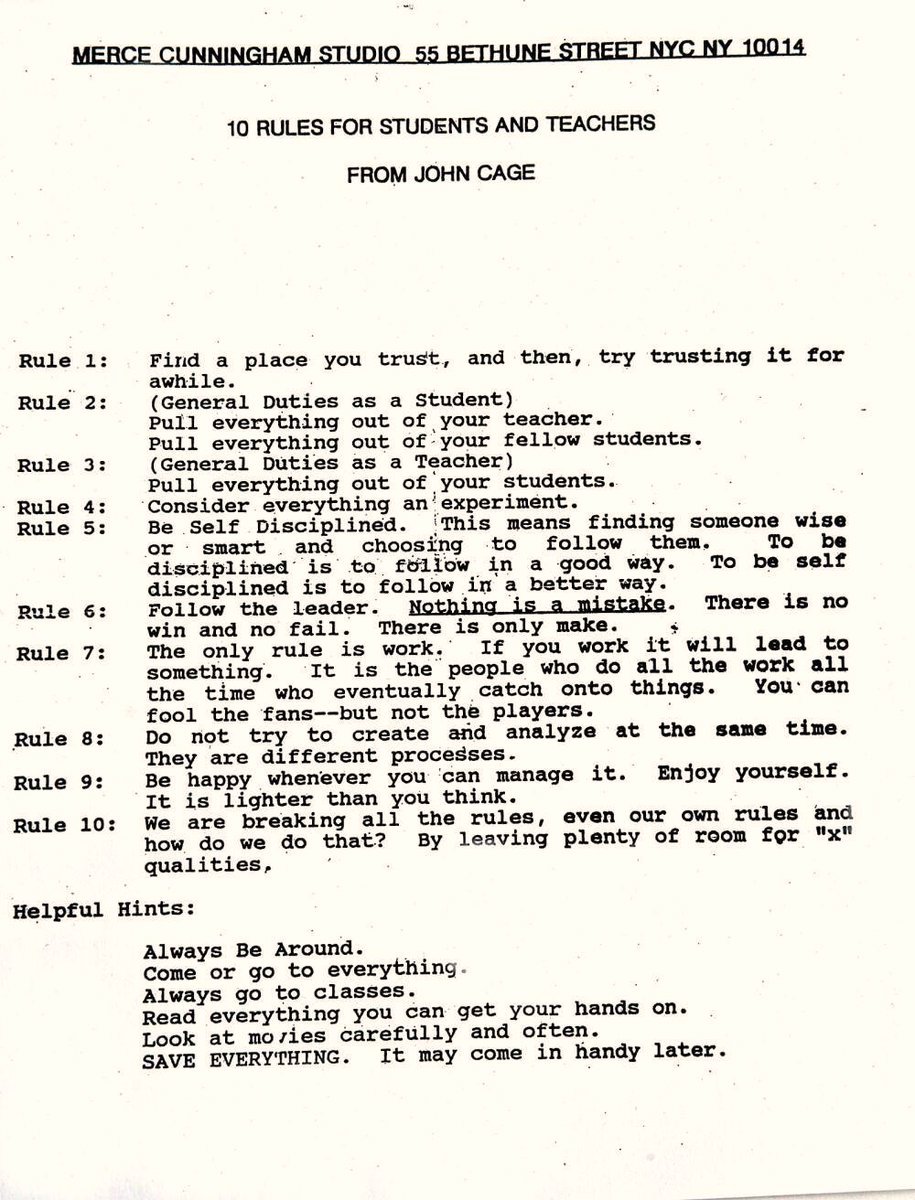When we imagine a symphony orchestra, even those of us otherwise unfamiliar with classical music imagine a conductor standing up front. We know the conductor leads the orchestra, but how exactly does he/she do it? “What the public needs to understand about conducting is that it’s an anticipatory art,” says conductor James Gaffigan in the short Vox explainer video above. “What we do takes place before the music happens,” all of it meant “to do justice to the composer.” He then breaks down the function of the main tools available to the conductor to do that: the right hand, which holds the baton, and the left hand, which “has a much more complicated, strange role in our physical world.”
Clearly some aspects of conducting aren’t so easily explained. Hence the beauty of conducting as an art form, which encompasses exemplars as different as Gustav Mahler, represented in his day by caricatures “making crazy gestures” and “jumping up and down on the podium,” and Mahler’s contemporary Richard Strauss, who conducted by “barely moving.”
Gaffigan also brings in the example of Leonard Bernstein, the best-known conductor of the 20th century in the West, who in recordings of his performances is “always dancing,” who “can’t help moving around the podium, and his rhythm is contagious.” (But as Open Culture readers know, Bernstein could also conduct with only his eyebrows.)
You can hear, and see, another perspective on what a conductor does in the New York Times video just above. “There’s no way to really put your finger on what makes conducting great, even what makes conducting work,” says New York Philharmonic director Alan Gilbert. Gilbert provides several examples of the techniques he uses while conducting not just to tell which musicians to start playing when, but to imbue their collective performance with just the desired textures and nuances and bring out all the layers of the music and the relationship between them. All the while, the conductor must remain in constant communication: sometimes with all the players at once, sometimes with just one section, and sometimes with just one individual.
“There are some conductors who look as if they’re incredibly well put together, and physically all in order,” Gilbert says. “That doesn’t necessarily mean that you’ll hear inspired music-making. There will be some conductors whose technique is ostensibly all over the place, not necessarily so clear, but something comes across, and it can even be extremely precise.” A conductor can have all manner of ideas about how the orchestra should play, but without the faith of the musicians, none of those ideas can take musical form. “One of the ways to make your sound better is to make it really obvious that you’re really listening, and that it really matters to you what it sounds like. That’s not actually conducting; that’s embodying or representing an aspiration.” Conductors, in other words, must be the music they wish to hear.
Related Content:
What Happens When Everyday People Get a Chance to Conduct a World-Class Orchestra
Watch Leonard Bernstein Conduct the Vienna Philharmonic Using Only His Eyebrows
Based in Seoul, Colin Marshall writes and broadcasts on cities and culture. His projects include the book The Stateless City: a Walk through 21st-Century Los Angeles and the video series The City in Cinema. Follow him on Twitter at @colinmarshall or on Facebook.



